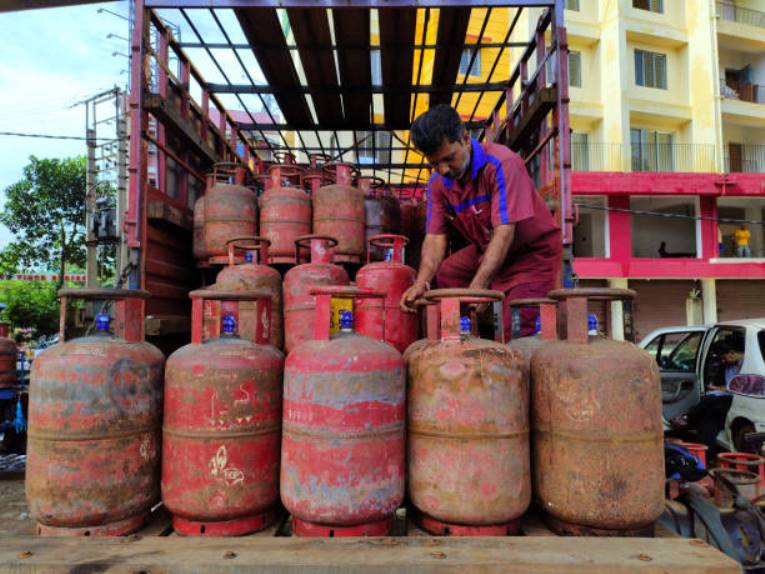
A plan to sell cooking gas, often known as LPG (liquefied petroleum gas), at varying prices for homes and businesses, has been considered by the Nepal Oil Corporation (NOC). The concept is straightforward: households would pay less since the government would give them a discount or subsidy, while hotels, restaurants, and other commercial users would pay the full amount. The state-owned monopoly NOC asserts that it has suffered large financial losses as a result of supplying LPG to everyone at the same reduced pricing. For every 14.2-kilogram LPG cylinder sold, NOC loses Rs 322. Since both families and businesses pay Rs 1,910 per cylinder, the true cost to NOC is much higher. NOC consequently loses more than Rs 11 billion a year in LPG subsidy. The new plan aims to solve this by doing away with commercial user subsidies. If hotels and restaurants pay the full price, NOC’s yearly losses could drop to Rs 2 billion, saving the taxpayers almost Rs 9 billion.
In the past, NOC, which estimates that the country uses between 450,000 and 500,000 tons of LPG yearly, experimented with using red cylinders for homes and blue cylinders for businesses. To NOC’s dismay, the idea was initially put forth in 2013 and then again in 2018, but both times it fell through. due to the absence of a suitable system to ascertain whether cylinders were being abused. For example, NOC was unable to keep an eye on the possibility that a red cylinder meant for a residence would wind up at a restaurant, lodging facility, or other commercial establishment. This time, according to NOC, a new mechanism will be used. LPG purchases made by households will be monitored using specialist software. Families must register and pay the whole price upfront when purchasing a cylinder. The approved bank, most likely Nepal Banijya Bank, would then return the subsidy amount. Cylinders can only be obtained in this manner by registered homes. Each family will receive eight subsidized cylinders for a year, which will cover their regular cooking requirements.
The advantages are clear if this strategy works. While families—roughly 44% of the population—will still have access to cheaply priced cooking gas, especially those with lower incomes, NOC may lessen its financial impact. Because companies who use LPG for profit must pay more than a household, it also makes the system more equal. However, challenges remain. Reimbursements for subsidies may be delayed for individuals; the home tracking system may be slow or prone to errors. Families may also discover that eight cylinders is insufficient and will need to buy additional cylinders at full price. To offset their higher costs, commercial users can increase the price of their products.
Learning from the past is essential to the NOC plan’s success. The prior color-coding system failed due to a lack of monitoring. Thanks to a bank-based return process and better technology, there is now hope. Nonetheless, NOC needs to ensure that its software is reliable and that everyone understands how the new system works. Raising public awareness will be essential since families need to know how to register, get their subsidy, and follow the rules. NOC’s new plan has alluring possibilities, but in order for the state-owned oil monopoly to succeed this time, it must fix all of its prior errors.











